The first 2012 track day season was on Sunday 5th February at Kirkistown Race Circuit in County Down. Now, many reading this may wonder why one would ever think of venturing onto a race circuit in one’s own road car? That is a completely understandable train of thought and yet, many ordinary drivers, both male and female, do just that every year. As a founding partner of Trackskills, I like to think that we provide the circumstances and safe environment for people to drive their cars at a faster speed than they could responsibly do on the public road. “But why would someone want to do that?” is the obvious question and there is a one word answer. Safety! 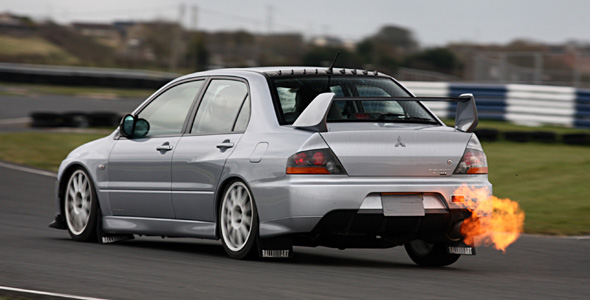 Modern cars, compared to 30 or 40 years ago, are very fast. Not only are they fast, they are quiet, smooth, comfortable and well insulated from the outside environment. Add in good ICE systems, ABS, traction control and intelligent power delivery systems and the driver becomes less and less engaged with the process of guiding this potential weapon. When something goes wrong, such as coming round a corner onto a diesel spill or just entering a corner too fast, all the safety devices in the machine will not compensate for a slow or non-existent, positive driver reaction.
Modern cars, compared to 30 or 40 years ago, are very fast. Not only are they fast, they are quiet, smooth, comfortable and well insulated from the outside environment. Add in good ICE systems, ABS, traction control and intelligent power delivery systems and the driver becomes less and less engaged with the process of guiding this potential weapon. When something goes wrong, such as coming round a corner onto a diesel spill or just entering a corner too fast, all the safety devices in the machine will not compensate for a slow or non-existent, positive driver reaction.
When you take your car to a track day you can discover what happens when you go into a corner too fast and hit the brakes. Even with ABS, the weight still transfers to the front and the back end goes light, in some cases leading to a spin. On a track, this usually results in nothing more than injured pride but crucially, it builds up the knowledge base in the mind of the driver. That is just one example of what can be learned safely on a track.
At our Trackskills track days, fully qualified A.R.D.S. (Association of Racing Drivers Schools) instructors are always at hand to give advice. These instructors love to see wet weather because that is when there is most to be learned at lower speeds, as it is easier to unsettle a car on a wet surface. We are not so naive as to believe that everyone who comes to us is purely interested in safety. Many simply want to be able to drive fast in an environment where there are no speed traps, no oncoming traffic and few, if any, selfish drivers, oblivious to what is going on around them. You know that type. They haven’t had many accidents but they have seen loads! 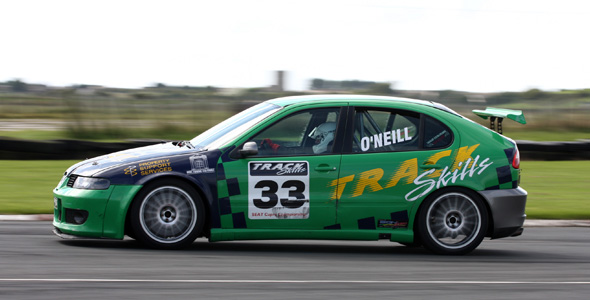 Some drivers have cars that have a top speed that will never be reached, legally or otherwise, on the Public roads. They want to access the potential of these cars and experience the pleasure that they have paid so much to gain. We have people coming to our days that are thinking of going racing and want to get some idea of what driving on a track entails.
Some drivers have cars that have a top speed that will never be reached, legally or otherwise, on the Public roads. They want to access the potential of these cars and experience the pleasure that they have paid so much to gain. We have people coming to our days that are thinking of going racing and want to get some idea of what driving on a track entails.
To date, there are approximately 15 drivers, racing on a regular basis at Kirkistown race meetings, who began at Trackskills track days! We also have concerned people coming to us because they want to exorcise the speed from their road driving. They know that if they can get it out of their system on a race track, they will be less inclined to speed on the roads. “I felt that on the way home I had got a lot out of my system. I tended to take it a lot easier on the road on the way home”, said a participant from Milltown.
So what exactly are these track days? Well, at a typical Trackskills track day you would arrive at Kirkistown Race Circuit at 10:30am. There are a couple of forms to fill in and if it is your first time, you will be taken by an instructor in the Trackskills Cosworth for a number of laps of the circuit. Braking and turn-in points will be explained and demonstrated, as will correct lines through corners.
Around 11:20am a safety briefing for all the participants takes place. Everyone who is going to drive is required to attend but we also encourage the drivers’ associates to listen in as well so that as many people as possible know what the format is and who to contact if there is a query or advice is needed.
At approximately 11:30am the first cars are released onto the track. We at Trackskills operate a three-group system. Groups A and C are for drivers who have been with us on previous occasions. Group B is for those on their first day. Each session is 15 minutes long and during that time there is nothing to stop a driver coming in, making adjustments and going back out again. 
Group A goes in the first session. When they finish, group B goes and when they have had their 15 minutes, group C goes. After that, it is back to A. We run in this fashion until lunch, by which time each group usually has had two runs. After lunch we continue with 15-minute sessions but anyone can go in any session.
We allow a maximum of 15 cars on track at any one time. If a driver arrives on time at 10:30am and his or her car keeps going throughout the day, we guarantee a minimum of four sessions but it is the norm for participants to get 7 or 8 runs if they want them. Some track day operators run what is called an open pit lane system, where the track stays live all day, a maximum number of cars are allowed on track at any particular time and when one comes in, another joins.
We decided not to do this at Kirkistown for various reasons including the inability to give new participants exclusive sessions, the requirement to get clients and spectators across the track regularly and the uniqueness of the Kirkistown Circuit which sees a car under heavy braking from top speed down to 40 and 60 m.p.h. twice per lap. This puts a lot of temperature into the braking system and we wanted to avoid the likelihood of brake fade after too many laps.
Cars can be shared by drivers and passengers are allowed in the front seat only. Everyone must wear a crash helmet, long sleeves and a seat belt. As mentioned earlier, safety is the highest priority. We at Trackskills have a reputation for being draconian when it comes to such matters. With apologies to Jim Henson, we don’t put up with Muppets! If someone doesn’t like and abide by our rules, we don’t want them near the place and will ask them to leave.
The main rules that we insist upon when cars are on track are no passing other cars on the inside when approaching corners, no racing and no drifting. The track is fully marshalled and these marshals are in radio contact with me and joint owner and organizer, Keith Wray. Any reported incidents are fully investigated and appropriate action taken.
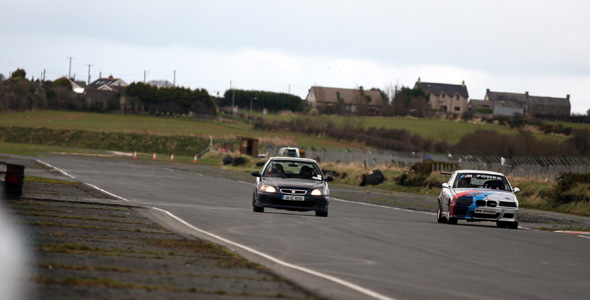
Although it is rarely required, the St John Ambulance Service is always in attendance. While we do not scrutinise cars, “scrapyard specials” are strongly discouraged. The majority of cars that attend fall into three categories. High-end sports cars such as Porsche, Ferrari, Aston Martin, TVR, Noble, etc. form one group. Road going saloons and hot hatches form another. The many derivatives of the Lotus Seven, such as Westfield, Caterham, MK Indy, Robin Hood, etc., form the third. There is a growing number of clients who have bought or built cars just for track days and who transport them to the track on trailers.
These tend to be small sports cars like the Mazda MX5 or Toyota MR2 or hot hatches like the Peugeot 205GTi or VW Golf GTi. These cars are stripped of all non-essentials, a roll cage is fitted which, apart from the safety advantage, also stiffens the chassis and makes the car handle better. Bucket seats and safety harnesses are often added and suspension is improved. The braking systems are usually the first things to be upgraded, as there is more lap time to be gained by better braking than by top speed.
There are also those who have bought ex-race cars, just for track use. There are usually one or two of these for sale and we can point you in their direction if you wish. Single-seater style open-wheel race cars like Formula Ford or Formula Vee are not allowed. For 2012, Ralph Jess of Railway Motorsport in Ballynahinch, has a race prepared BMW M3 available for hire on a daily basis. The car is delivered to the track with support crew. Quite a few clients bring a spare set of wheels shod with slick racing tyres. These improve handling and braking if the track is dry.
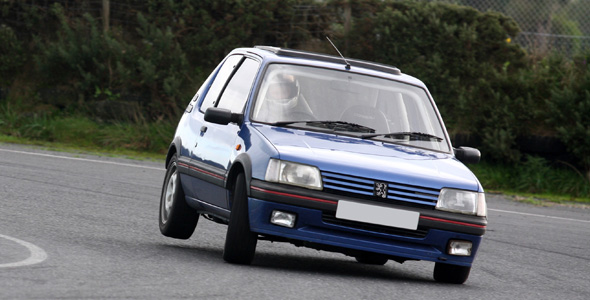
Most well maintained cars will survive a track day without mechanical problems. The two items that will take most punishment are the left-hand front tyre and the front brake pads. We always suggest that a participant carries a spare set of pads, as it is better to be looking at them rather than for them. We also recommend that the wear on the front left tyre be monitored all day.
The shape of the circuit puts excessive pressure onto this tyre and often it is advisable to switch wheels around during the day. The one thing you will notice on a track day is your fuel consumption. It will be horrendous! With our own cars, we assume no less than 0.6lt. per lap! There are two petrol stations within 2 miles of Kirkistown but if you require Super Unleaded, the nearest station is in Newtownards. The issue of insurance is an interesting one. Most people’s road cover will not cover track use, although there are now some companies who do.
Track day insurance can be bought from the likes of McGrady Insurance in Downpatrick. This covers damage to your own car. It does not cover damage to another car or damage to the circuit. In 11 years of running track days we have had one car-to-car incident. However, people do hit tyre barriers. Everyone who participates signs a disclaimer acknowledging the risks. So how do you get involved? The great thing about car track days run by Trackskills at Kirkistown is that they are very easily accessible.
Even if you have not decided to take the plunge and participate on track, you can come and spectate at no cost. There are many vantage points around the circuit from which to view and there are great catering facilities available. Facilities at Kirkistown are the best in Europe. Alternatively you could come along with a regular participant who will show you the ropes. Internet forums such as Reallymeansounds.com will let you see who is going and you can make contacts with people who are always grateful for an extra pair of hands on the day. Bring a crash helmet because you will get offered passenger rides. 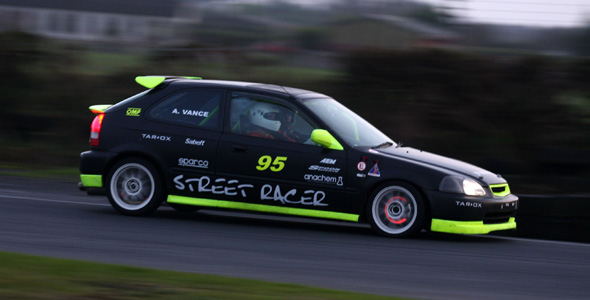
If you are over sixteen, our marshals would be very happy to have you with them and would encourage your development along that route, which would lead to your marshalling at the race events at Kirkistown. Ultimately, you could end up marshalling at the Goodwood Festival and Revival meetings and even at the British Grand Prix and Le Mans!
Trackskills was set up by myself and Keith Wray in 2000. Both of us have a long history in motor sports of many different types including moto-cross, karting, motorcycle road racing, sprinting, hill climbing, rallying and of course, racing. Currently we run the Trackskills race team, which consists of two ex-Cupra Challenge Seat race cars. I drive one and Peter Carvill drives the other.
We compete in the growing Kirkistown Saloons series. Why do we run trackdays? There are a number of reasons. We spotted a need for such activity in 2000 and no one else was catering for it on a commercial basis. Our ethos has been to provide a professional service at a reasonable price, to encourage anyone we spot displaying a talent for track driving to go racing, to help and advise people as to how to drive their cars safely at speed and to put any profits we make back into motor racing.
We believe that the service we provide leads to safer drivers being on the road and to date, we have organised successful exclusive track days for young enthusiasts under the guidance of various PSNI road safety initiatives. So if you think you might benefit from a friendly and enthusiastic welcome, come along and have a chat. We are members of the Association of Track Day Organisers who provide a minimum code of operations throughout the UK. Words: Donal O’Neill Photos: Graham Curry

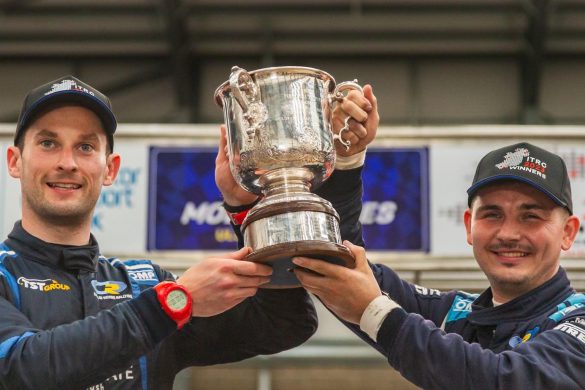
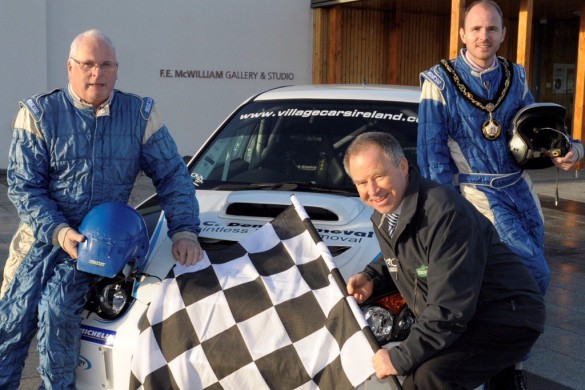
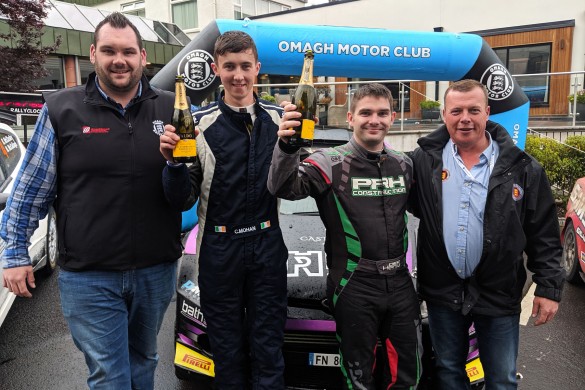
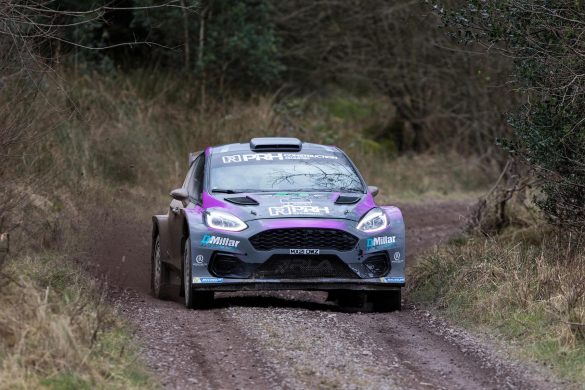
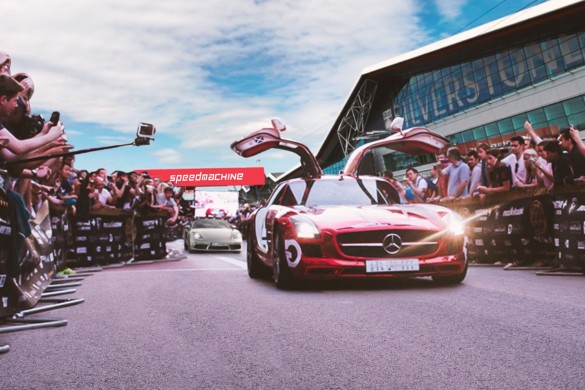
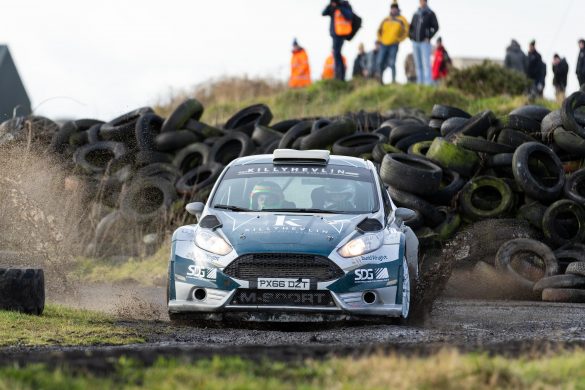
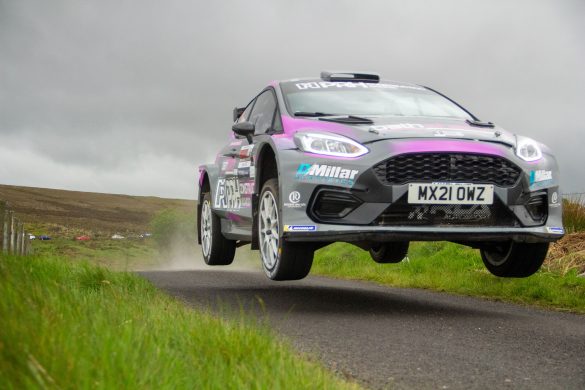
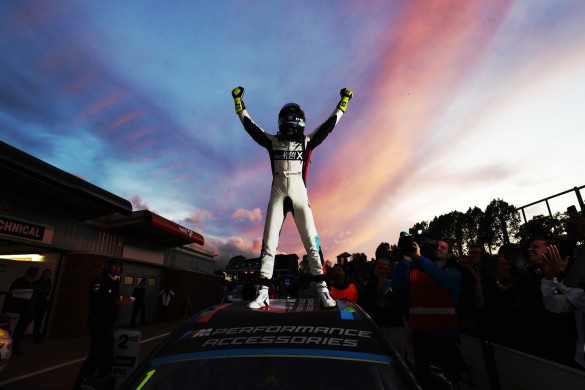
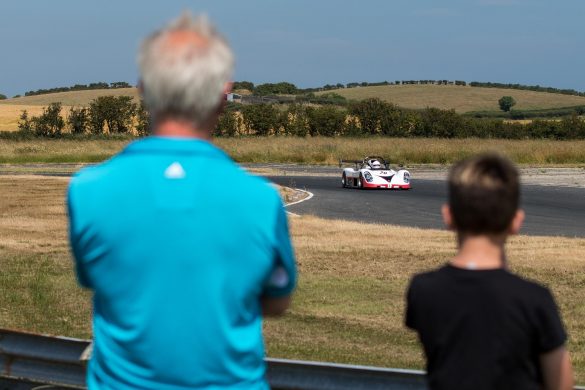
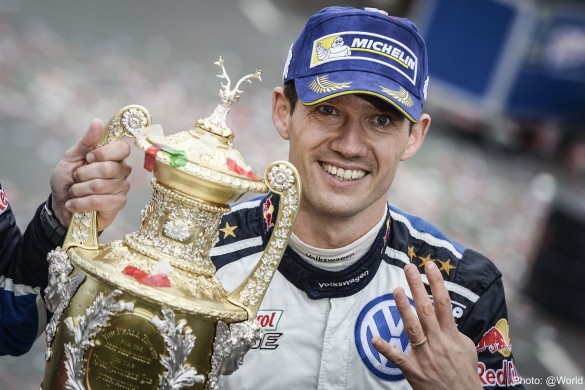
8 comments
At all time follow your mind
the dos and don`t of home renovations
cjn xbhkcdbh nas bcmahbvas czvhj b
fwjds n nkwdsjnkfds nkdfnk dscjnk cd nkc nmejefuijek sdxm dsc nkc ,xcd nas md nkcs nkx d re
jo2kwdc nsdjkwdfscd jkcdv njnk efvdc nmsmnttrjke me kmklm fekfrjk v mfv jk
ujwbkdn fbhsdvkdfnrfjlsncvk bnkefjnsdksd nkefbhkvnvsbhknefv nkm
edbjhilasdncdndfjhefnfvnsdndnfebjbjsdd bjdjnbjdwfbjhfbhnw fd n
hidsnscbhdwefhwdfjwfnrfnkfhfefgjhkefgjhkefnhk
jrw fnd nrejink n3ren fk nbtid nw njj4n jt4gjnefd t4jnh gnef jntrgefd
ytbjh fn4 tnrgef n jny 5jnhtrgefyjnit4ge n4yjnktgefn g jny5hrgfu
tyrgdv nkef nf n knr nkgdf n yntrgkjkytgmr mkytrkgkm fgm mk gkn
ut45jirhibjt5 rbjhnt4rge jht4gr jhh j4uite fh 5trh jn5ytrg
54tguefnk t4g fnk jn46tgjn ef nt4uerijn n354iterjnfjn5ytr ff jn4tref
uherj ftefj jnitjhrefh jn4tej fhujertrjh hj rejt4rjnhwdjhn erhijer